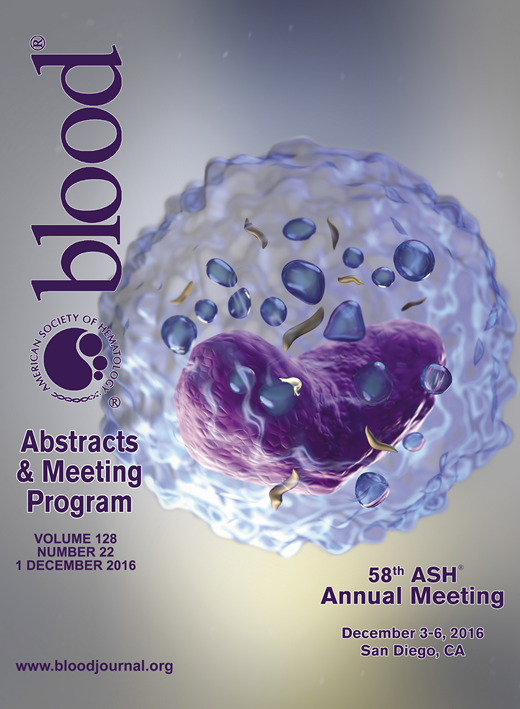Abstract
Background The frequency of invasive fungal disease (IFD) has increased in recent two decades and has emerged as an important cause of life-threatening infections in immunocompromised patients, especially in those who have undergone allogeneic hematopoietic stem cell transplantation (HSCT). Empirical antifungal therapy has been the standard of care used to decrease the number of deaths due to IFD among neutropenic patients who have persistent or recurrent fever despite broad-spectrum antibacterial treatment. However, about two thirds of these patients may be potentially exposed to unnecessary empirical antifungal treatment with associated potential toxicity and considerable financial burden. It was demonstrated that high-resolution computerized tomography (HRCT) had early predictive value for fungal infection, and the major signs on chest CT scans generally precede the positive outcome of serum galactomannan test. It was also shown that the diagnosis-based treatment strategy only based on HRCT results could reduce more than a half use of antifungal agents in HSCT patients who had persistent febrile neutropenia. Thus, we would like to explore the feasibility of this new strategy for hematological patients with IA in China.
Method This was a prospective and single-arm study. Up to now, 24 neutropenic patients after intensive chemotherapy or HSCT with high risk factors for IFD from three hospitals were enrolled. After recruitment, HRCT of thorax will be conducted within 24h. If HRCT shows any new changes suspicious of fungal infection, including halo sign, cavity, air-crescent sign, or other non-specific signs, voriconazole would be given intravenously for two weeks, followed by oral voriconazole. Six weeks after initiation of antifungal therapy, the outcome was evaluated by clinicians according to the patients' imagining and microbiological evidences and clinical conditions, and complete or partial responses were defined as successful outcome of antifungal therapy.
Result The median age of this population was 38.5 years (range from 19 to 78). Four of 24 patients were the recipients of HSCT, and the others received intensive chemotherapy. There were four patients had history of IFD, and 7 take fluconazole orally for antifungal prophylaxis. At the beginning of antifungal therapy with voriconazole, 12 had non-specific infiltrates on pulmonary HRCT, 8 had dense lesions with halo sign, and 4 had cavity. At the end of six-week follow-up, 5 patients were diagnosed with possible IA, 6 with probable IA and 1 with proven IA. The total successful rate of antifungal therapy with CT-diagnostic-driven strategy was 50.0% (12/24). Notably, efficacies of the antifungal treatment in patients with specific IA signs on pulmonary HRCT were significant higher than that in patients with non-specific signs (75.0% vs. 25.0%, P=0.043).
Conclusion The CT-diagnostic-driven antifungal strategy was effective and suitable for patients with hematological malignancies.
No relevant conflicts of interest to declare.
Author notes
Asterisk with author names denotes non-ASH members.

